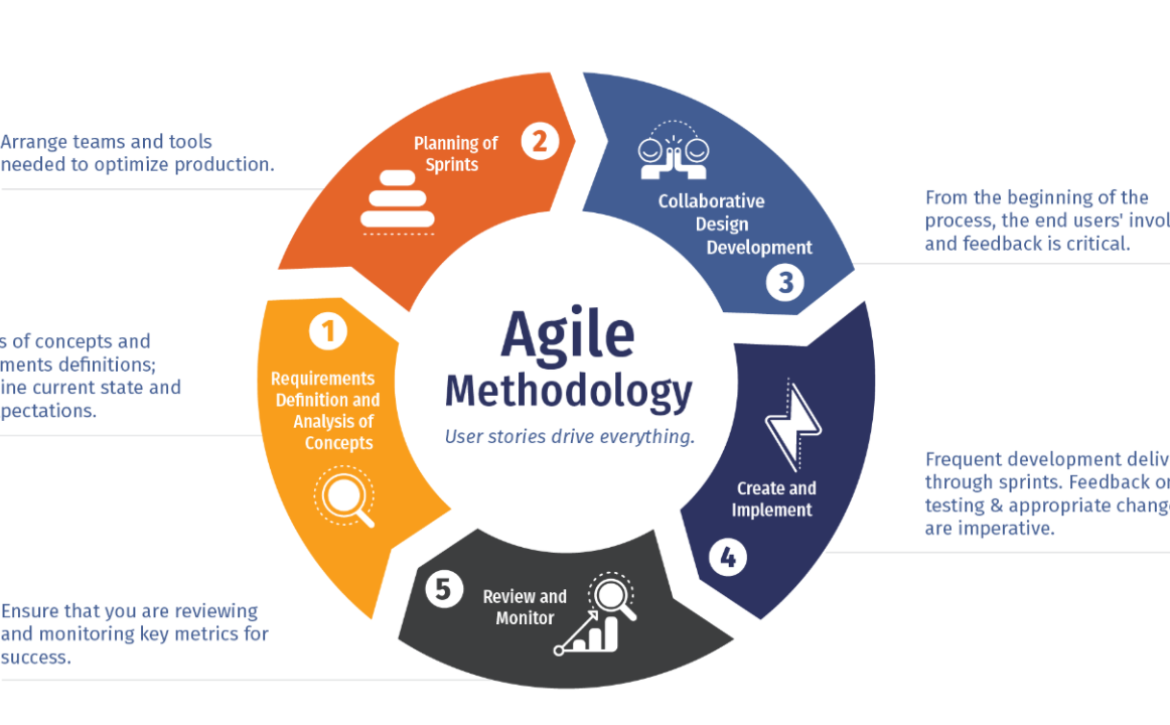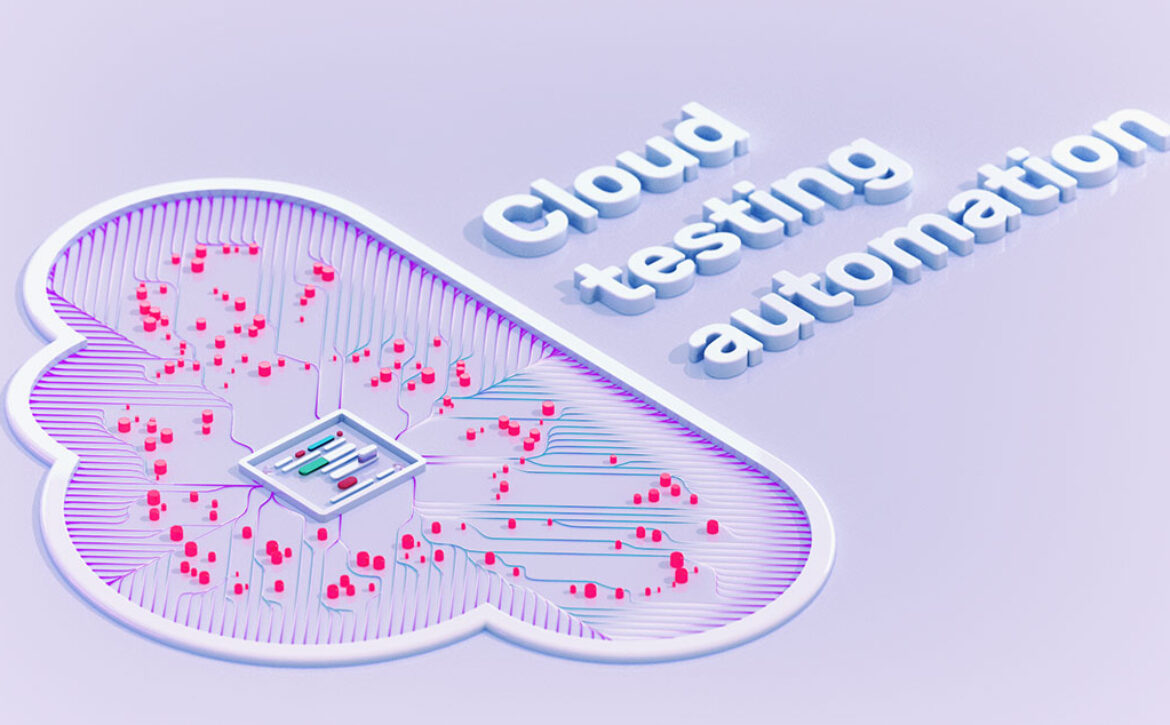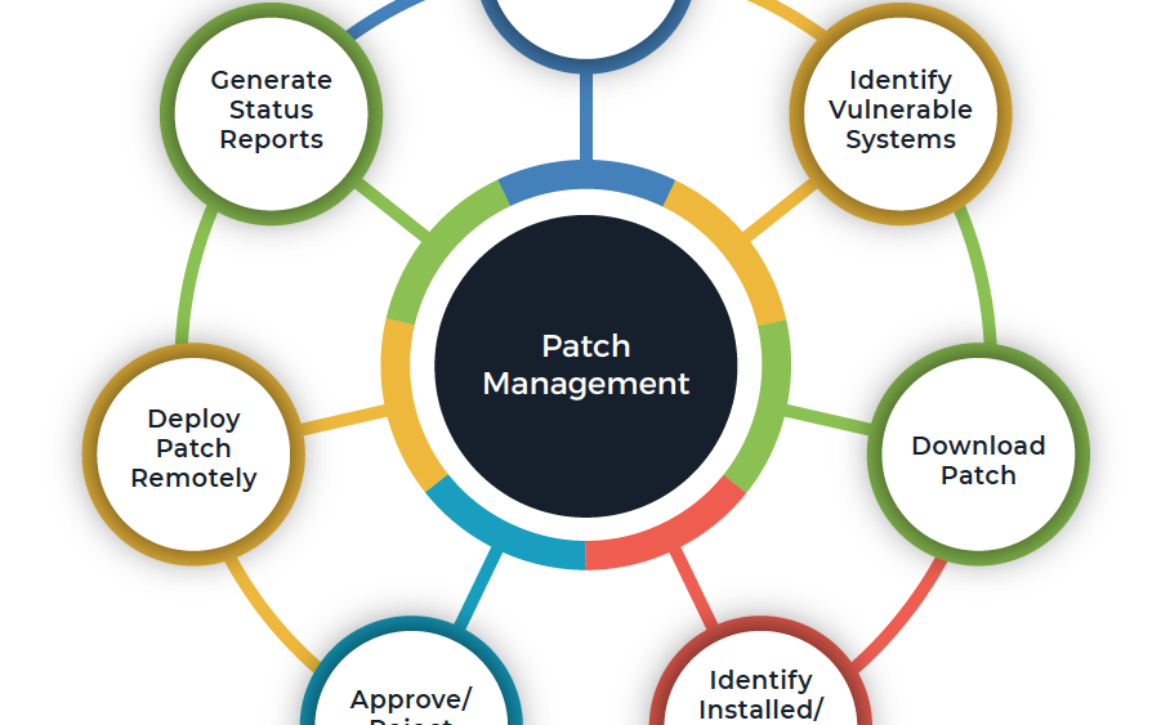Different companies
have varying needs for an Enterprise Resource Planning (ERP) software. With ERP
solutions, they can streamline various processes like human resource
management, sales, inventory, marketing, finance and resources. ERP is also
important to promote communication and transparency between various departments
and exchange information more efficiently.
Despite all
aforementioned benefits of using an ERP software, not every company can afford
it. Not to mention, the cost of an ERP software depends on the requirements of
a company, which means that a business owner can go for a cheaper software but
he might have to compromise on some functionality.
In this blog, we will
be focusing on who needs an ERP software and what are its different types available
in the market. By the end, you will have a more precise idea about how much the
software is going to cost you and why you need it.
Who
Needs an ERP Software?
The requirement for an
ERP software cannot be decided by the size of a company. In various scenarios,
the software would be more beneficial for a startup than a large-scale business
and vice-versa. The following factors will help you decide whether you are in
need of an ERP software or are good without it.
1. You
Value Business Data
From human resources
to sales, all important information can be stored and accessed from an ERP
software. The business owner can access this data at will and use it for
processes like performance evaluation, resource planning and team management.
2.
Organizational Problems Reflect in your Customer Experience
Slow communication,
inefficient transfer of files and poor coordination amongst departments slows
down the overall workflow of a company. To keep the business on track, it is
essential to improve this coordination. ERP software performs various functions
to smoothen the intra business discrepancies and ensure business problems have
the minimum impact on the customer experience.
3. You
Want to Reduce the Overhead Costs
Centralizing and
integrating various functions on a single software reduces the overhead costs.
Different software requires a different and long overboarding process, some
might even be really expensive. By using ERP software, you can keep all your
employees on the same pace and reduce overhead training costs.
4. You
Want to Eliminate Human Error
Manual execution of
important processes like inventory tracking and preparing purchase orders
leaves scope for human error, which is often only detected after the damage has
been done. When automated with an ERP software, the chances for human error
decrease significantly.
Different
Types of ERP Software
If you fall under the
category who finds itself requiring an ERP software, you’d also like to know
which ERP serves your purpose the best. While the ERP software types that we
are going to discuss below do differ in price and deployment time, they both
have their specific benefits:
Readymade
ERP Software
Readymade ERP software
is the off-the-shelf software that comes with all essential features. Some ready-made
software are also customizable, however, their scope of customization often
depends on the terms and conditions of the vendor. They are more recommended to
the entrepreneurs who require minimum to no customizations. A strong downside
to ready-made ERP software is that they may fail to resolve your certain
problems.
Pros of Readymade ERP Software
- Fastest to deployment
- Come with all necessary features
- Available as both one-time
software and SaaS
- Save time on planning and
development
- Come with proper guides and
documentation
- Software updates are available in
future
- Available at a fixed price
Cons of Readymade ERP Software
- Are developed to meet the general
requirements of all entrepreneur
- Less scope of customization
- Can be only integrated with
selected third party software
- Can fail to meet resolve certain
problems
- Updates can be expensive
- Give no competitive advantage to
the business. They are an ERP software used by thousands of brands
Custom
ERP Software
Custom ERP software is
tailored to meet the unique requirements of a business. Sometimes, the custom
ERP solution is developed from a minimum viable product (MVP) or scratch
developed. Custom ERP gives business owners the choice to select the technology
stack and set of features. The cost of custom ERP software mainly depends on
these features and the level of customization you require.
Pros of Custom ERP Software
- Tailored as per your business
requirements
- Made to resolve specific and
unique business problems
- Basic functions, such as
accounting and inventory are enhanced to suit your business
- Are more secure than readymade ERP
software
- On-boarding becomes easy as the
business owner is often an active participant of the development
- Price depends on the selected set
of features
- Can be integrated with a wide
range of software
Cons of
Custom ERP Software
- Development requires proper
planning and is also time consuming
- There are no software updates
- Isn’t available as SaaS
- Help and support options are
limited to the software developer
Determining the Cost of ERP
Software
Readymade ERP Software Cost Estimation
The cost of readymade solutions is fixed. This
means you can easily browse the internet to find a solution that fits under
your budget. The average cost of readymade ERP software ranges between $1,000 –
$10,000. SaaS readymade solutions are cheaper but as they come with recurrent
costs, they are not so cost effective.
Some SaaS ERP providers also charge business owners
as per the number of employees. For example, $50 per month per employee. If you
have 20 employees, this means your ERP software will cost you $1000 per month.
For this reason, readymade solutions are mostly used by small and mid-size
businesses.
Custom ERP Software Cost
Estimation
The cost for custom ERP development depends on
the selected technology and features. This is because difficult programming
languages and complex features require expert developers, who cost more to the software development
company. However, you can either get a fixed ballwork for the custom
ERP solution or pay at hourly rates. The price formula for the later is (hourly
rate * number of developers) + taxes.
Via the quotation based pricing, custom ERP
solution should cost you around $3,000-15,000. By hourly development, a junior
developer will cost you $25-40 per hour, a senior will cost $40-80 and a
dedicated project manager will be approx $50-$100 per hour.
Note: The aforementioned figures are fair estimates based on current market
rates and the actual development cost may vary.
How to Build a Custom ERP?
There are two methods
to build a custom ERP. One is waterfall development and the other is agile
development.
In waterfall
development, all requirements are gathered before the actual development
process and any changes during the development process require the team to
begin the entire development process from square one. On the other hand, agile
development focuses on iterative development. It includes various development
sprints that allow for regathering of requirements and leave scope for
mid-development changes.
For ERP development,
we advise you to opt for agile
methodologies, which resolve the problem of feature selection. The development
team can begin the development process with base requirements and add on
features at a later stage.
Each sprint of agile
development process includes the following stages:
Preparation of the Scope of Work
Scope of work is the
initial planning of every sprint. It defines the problem and features required
to solve them. The scope of work developed by the development team after
gathering requirements from the business owner and thoroughly analysing them.
Planning
The planning stage
involves the preparation of the backlog and distribution of responsibilities.
The turnaround time for the completion of the first sprint is also decided in
this stage. A proper timeline and chart showing every member’s workload and
bandwidth is made.
Development
In the development
stage, the programming of the source code takes place according to the accepted
terms. In the first iteration, only the bare minimum features are developed and
tested. In later stages, incremental progress takes place till the software
becomes fully functional to meet the business owner’s requirements.
Testing and QA
Final testing and
quality assurance rounds ensure that all bugs and defects that were undetected
in the previous testing stages are removed from the software. There can be
multiple rounds of testing and QA depending on required changes.
Documentation
The documentation of
the software and other handovers are prepared once the end-product is ready for
deployment.
Deployment
In the deployment
stage, the end-product is finally deployed on the company’s server and initial
support is provided to help the company keep the software useful.
What
are the Key Features of an ERP Software?
Entrepreneurs interested in custom ERP software
are required to select a feature set. Below is the list of most demanded
features in an ERP software:
Accounting: Accurate and detailed accounting via ERP software provides greater
control to companies over their resources. It helps them track expenditure and
execute processes like invoicing, general ledger, accounts payable (AP) and
accounts receivable (AR). Some ERP software are also integrated with budgeting
and forecasting features.
Customer Relationship Management (CRM) –
Features like a common contact center, lead management, contact management and
campaign management assist in CRM. With ERP software, businesses can also keep
a track on order history and send important reminders.
Project Management: Project management
features that are common in most ERP software are risk management, project
reporting, project budgeting, task allocation, correspondence tracking and
design.
Asset
Management: Features like asset planning, realization,
maintenance scheduling, contracting, GIS location tracking and more help a
company monitor their assets’ performance.
Supply
Chain Management: (SCM): ERP software can also keep
tabs on the company’s inventory, demands, distributors, suppliers and purchase
orders. It can also automate several of
these processes for enhanced supply chain management.
Reporting: Employee reporting is required to update the stakeholders of their
respective projects. They help in decision making and evaluating work
performance.
Manufacturing:
Features like sourcing of raw materials, visual
planning, production monitoring, workload scheduling, product configuration and
quality management assist companies in streamlining their manufacturing
process.
Human Resource Management: HR tools and
features like attendance, payroll, expense management, policy management,
compensation management and timekeeping are also in high-demand in ERPs.
Sales and Marketing: An ERP software can have
different marketing modules and integrations. To reach more customers,
businesses can also schedule and execute campaigns on ERP software. They can
also keep an account of all customers, automate monthly sales reports, send
sales invoices, management return requests and track expenses on every lead.
Data Analysis: For business growth, ERP
software can convert real-time collected data into actionable insights, such as
sales reports, marketing reports, expenses reports, performance reports, comparison reports and
more.
How to
Choose the Right ERP Company for Your Business?
For getting a quality
ERP software, you will need to hire experts who can understand your
requirements and execute them efficiently. Without understanding and carrying
out strategic development, a company is highly unlikely to meet your expectations
or even deliver the software within the turnaround time.
To find an ERP company
who can actually develop a reliable software for your company, check out the
following points:
1. Search on Critic Websites
Several entrepreneurs do the mistake of finding experts on freelancing marketplaces. Those marketplaces are so easy to enter that inexperienced firms can also portray them as industrial experts. However, if you do want an affordable ERP software development company, then begin your search on websites like Clutch and GoodFirms. These websites regularly evaluate software development companies to save you the job.
2. Discuss your Requirements with the Company
You may like several
companies while conducting your search. To sort them out, contact their sales
experts one by one and discuss your business requirements. Ask for a ballpark
estimate and clear your doubts. If they can provide you with a case study or
portfolio, you can evaluate their work quality more efficiently.
3. Compare your Options
After receiving price
quotations, you can compare different ERP development companies with each
other. Consider their work experience, turnaround times, number of allocated
developers and payment options for an objective comparison. Feel free to reach
back to a company to ask a question or clear any doubts.
4. Customer Support
Lastly, if you get stuck between two or more companies, review their available customer support options to make a trustworthy decision. Some companies provide free technical support for a limited time of period and also offer omni-channel customer support options. These are the companies you’d want to select for the development of your ERP software.
Conclusion
ERP software has become a backbone powering various functions in hundreds of companies. They help you reduce costs and track resources. If you truly require ERP software for your business, evaluate quality with the price. Otherwise, custom ERP software is always a more reliable option than readymade. With the information provided above, you can confidently opt for custom ERP development.


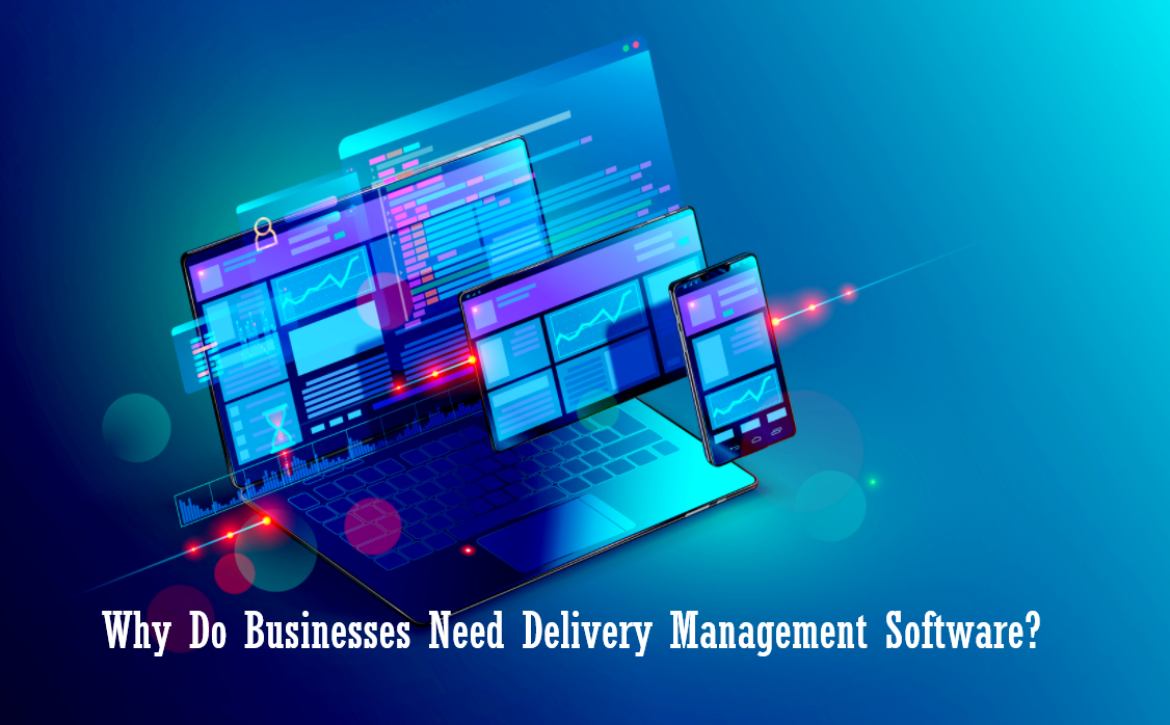
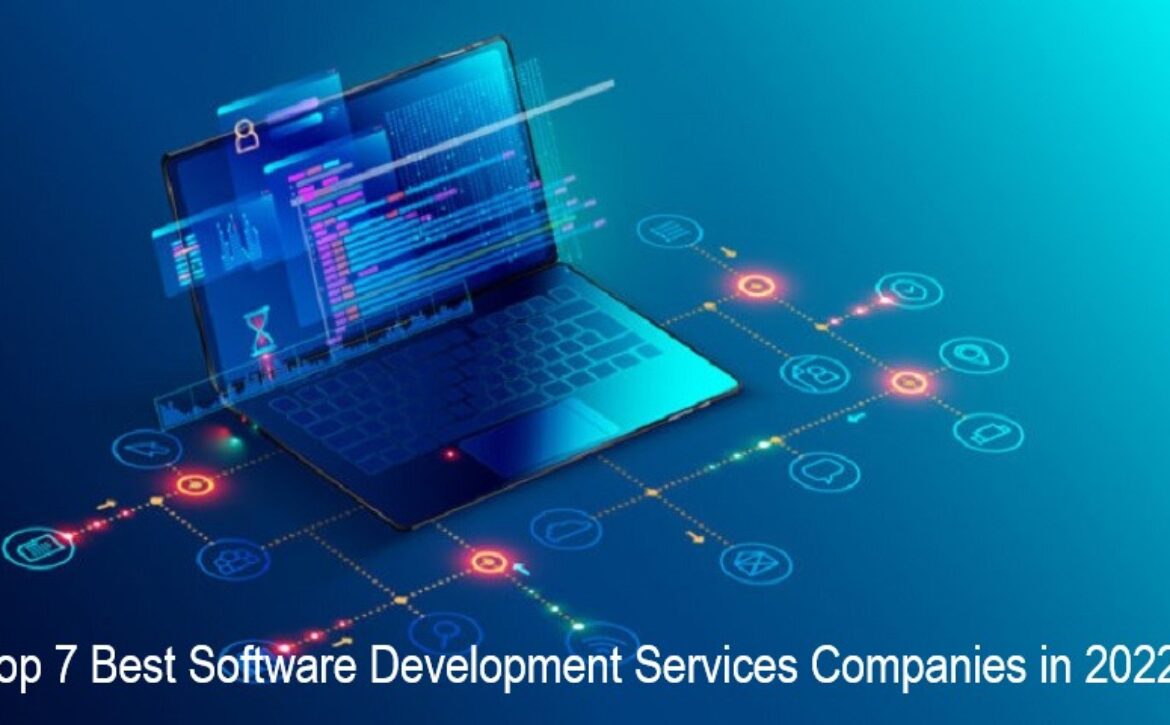
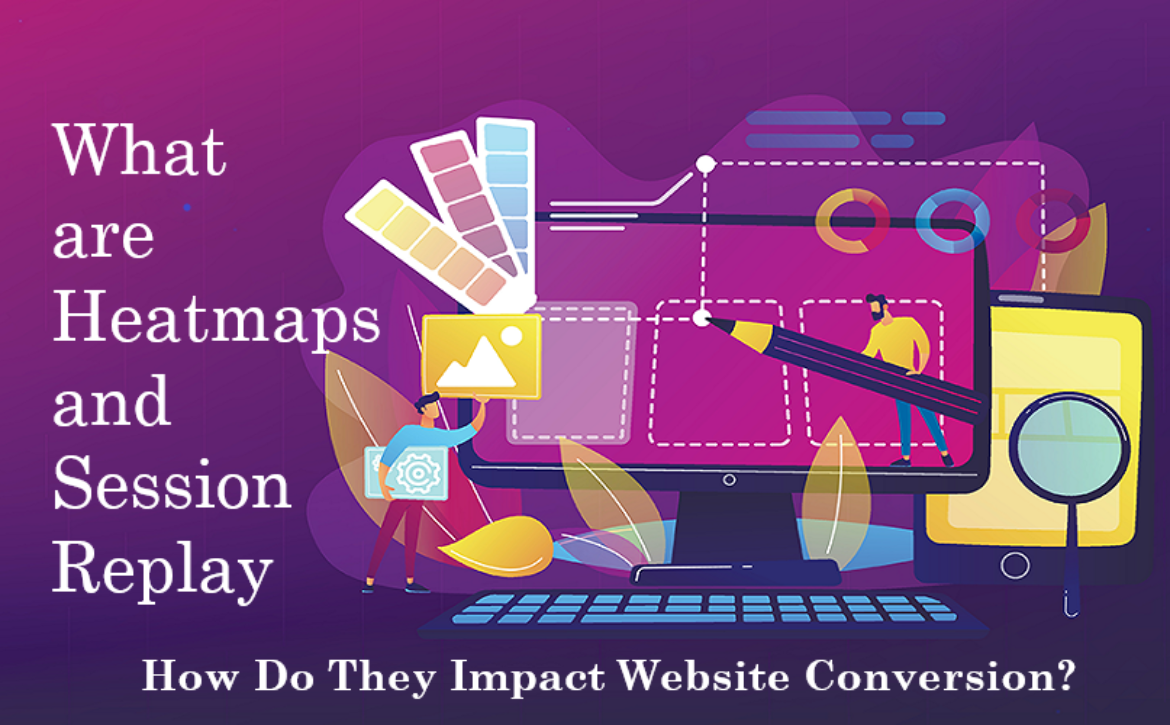

 How does heatmap analysis improve your website conversions?
How does heatmap analysis improve your website conversions? Why are session replays useful and why do you need them?
Why are session replays useful and why do you need them?
